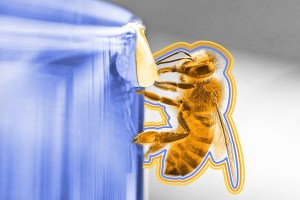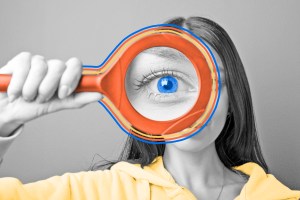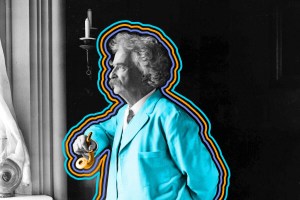
Numbers Don't Lie

The lead actress in the 1933 film “King Kong” was ______.

Ready to reveal?
Confirm your email to play the next question?

The lead actress in the 1933 film “King Kong” was Fay Wray.

One of humanity’s closest living relatives is matriarchal.
Chimpanzees (Pan troglodytes) and bonobos (Pan paniscus) are the closest living relatives to humans — they both share 98.8% of our DNA. Despite these similarities, these two members of the Pan genus developed entirely different social structures. While chimps form dominant (and often violent) male hierarchies, bonobos — which are only found in the central forest of the Democratic Republic of the Congo — are matriarchal. This is particularly striking because female bonobos leave their birthplace before puberty, and so often form strong female bonds with no familial ties whatsoever. Why do female bonobos form such bonds when their chimpanzee cousins do not? One theory suggests that the plentiful resources found in central DRC — compared to the drier climates of equatorial Africa where chimps live — allowed female bonobos to feel less competition when foraging, creating room for stronger bonds.
















